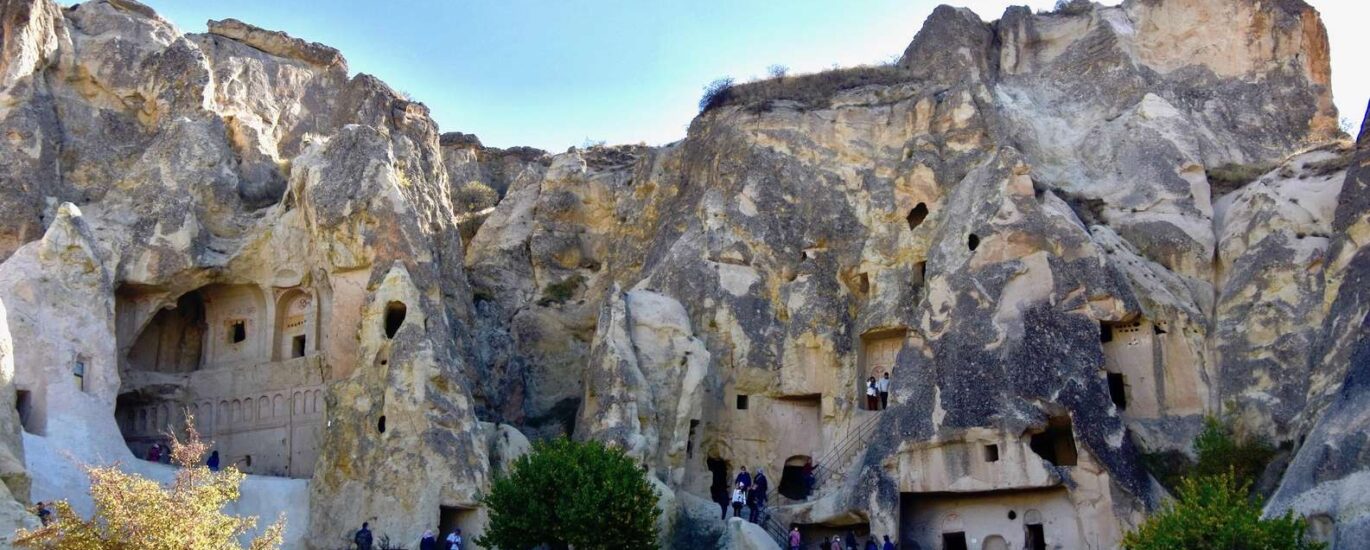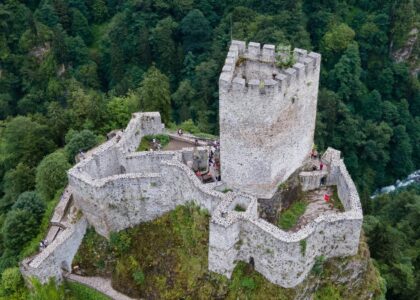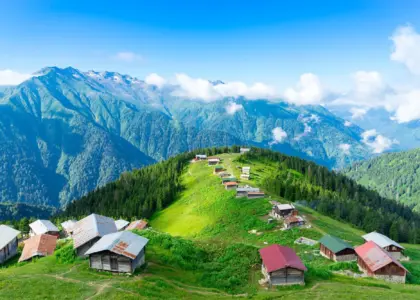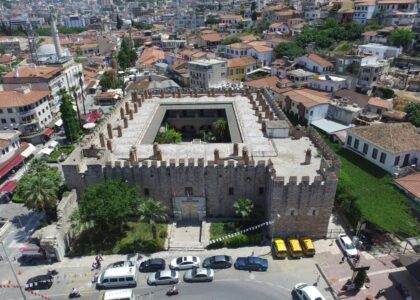The Göreme Open-Air Museum is the most celebrated site in Cappadocia, Turkey, and a UNESCO World Heritage Site since 1985.
This “museum” is actually a sprawling complex of ancient rock-cut monasteries and cave churches carved into the soft volcanic tuff rock formations. Its history is deeply rooted in early Christianity, as the secluded valleys provided a sanctuary for monks and hermits seeking isolation, particularly from the 4th through the 13th centuries.
The complex is famous for its remarkably well-preserved Byzantine frescoes that adorn the church walls, depicting vivid scenes from the Bible and the lives of saints. Highlights include:
- Tokalı (Buckle) Church: The largest and oldest in the complex.
- Karanlık (Dark) Church: Renowned for its exceptionally vivid frescoes, preserved due to minimal light exposure (photography is usually prohibited here).
- Elmalı (Apple) Church: Notable for its colourful paintings.
It offers a profound glimpse into the region’s monastic life and early Christian artistry.






